Orest Kiprensky (Орест Адамович Кипренский) (1782-1836)
Get a Kiprensky Certificate of Authenticity for your painting (COA) for your Kiprensky drawing.
For all your Kiprensky artworks you need a Certificate of Authenticity (COA) in order to sell, to insure or to donate for a tax deduction.
Getting a Kiprensky Certificate of Authenticity (COA) is easy. Just send us photos and dimensions and tell us what you know about the origin or history of your Kiprensky painting or drawing.
If you want to sell your Kiprensky painting or drawing use our selling services. We offer Kiprensky selling help, selling advice, private treaty sales and full brokerage.
We have been authenticating Kiprensky and issuing certificates of authenticity since 2002. We are recognized Kiprensky experts and Kiprensky certified appraisers. We issue COAs and appraisals for all Kiprensky artworks.
Our Kiprensky paintings and drawings authentications are accepted and respected worldwide.
Each COA is backed by in-depth research and analysis authentication reports.
The Kiprensky certificates of authenticity we issue are based on solid, reliable and fully referenced art investigations, authentication research, analytical work and forensic studies.
We are available to examine your Kiprensky painting or drawing anywhere in the world.
You will generally receive your certificates of authenticity and authentication report within two weeks. Some complicated cases with difficult to research Kiprensky paintings or drawings take longer.
Our clients include Kiprensky collectors, investors, tax authorities, insurance adjusters, appraisers, valuers, auctioneers, Federal agencies and many law firms.
We perform Orest Kiprensky art authentication, appraisal, certificates of authenticity (COA), analysis, research, scientific tests, full art authentications. We will help you sell your Orest Kiprensky or we will sell it for you.
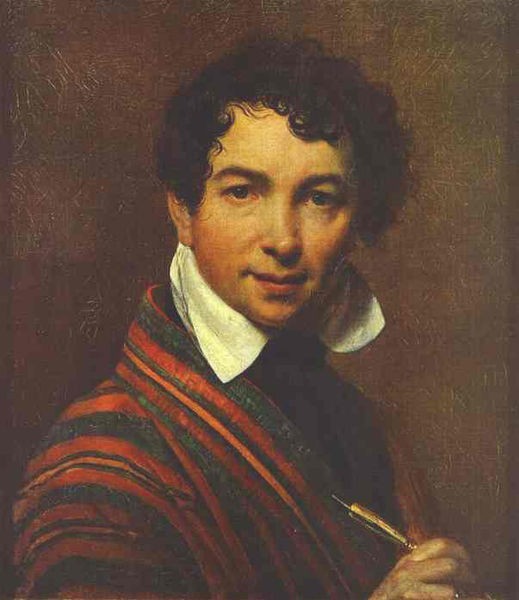
Orest Kiprenksy was a leading Russian portraitist in the Age of Romanticism. His most familiar work is probably Alexander Pushkin’s portrait (1827), which prompted the poet to remark that “the mirror flatters me”.

Alexander Pushkin 1827
Orest was born in the village of Koporye near Saint Petersburg on 24 March 1782. He was an illegitimate son of a landowner Alexey Dyakonov, hence his name, derived from Kypris, one of the Greek names for the goddess of love. He was raised in the family of Adam Shvalber, a serf. Although Kiprensky was born a serf, he was released from the serfdom upon his birth and later his father helped him to enter a boarding school at the Imperial Academy of Arts in Saint Petersburg in 1788 (when Orest was only six years old).
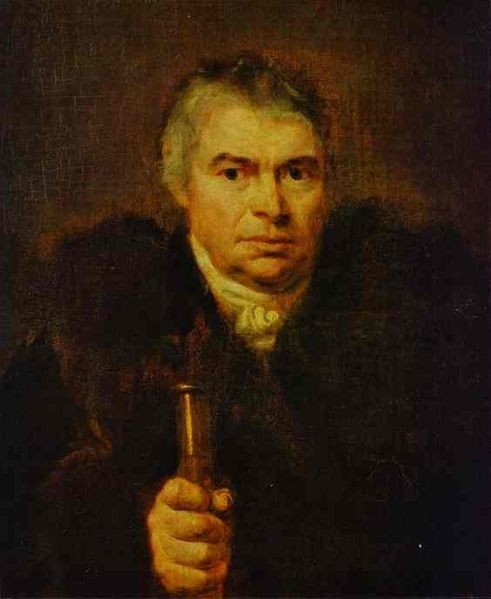
He studied at the boarding school and the Academy itself until 1803. He lived at the Academy for three more years as a pensioner to fulfill requirements necessary to win the Major Gold medal. Winning the first prize for his work Prince Dmitri Donskoi after the Battle of Kulikovo (1805) enabled the young artist to go abroad to study art in Europe.

A year before his graduation, in 1804, he painted the portrait of Adam Shvalber, his foster father (1804), which was a great success. The portrait so impressed his contemporaries, that later members of the Naples Academy of Arts took it for the painting by some Old Master – Rubens or Van Dyke. Kiprensky had to ask the members of the Imperial Academy of Arts for letters supporting his authorship.
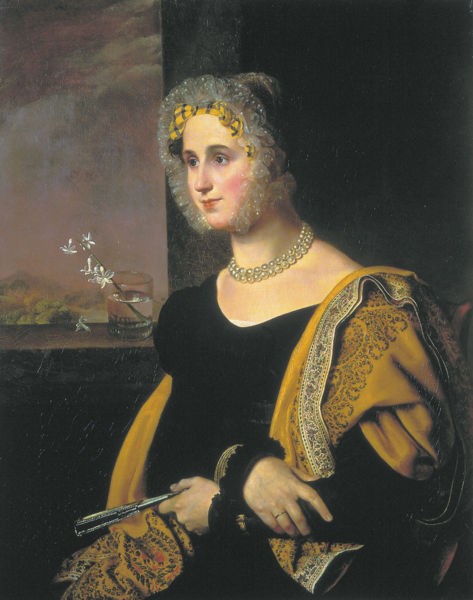
After that, Kiprensky lived in Moscow (1809), Tver 1811, Saint Petersburg 1812, in 1816-1822 he lived in Rome and Napoli. In Italy he met a local girl Anne Maria Falcucci (Mariucci), to whom he became attached. He bought her from her dissolute family and employed as his ward. On leaving Italy, he sent her to a Roman Catholic convent.
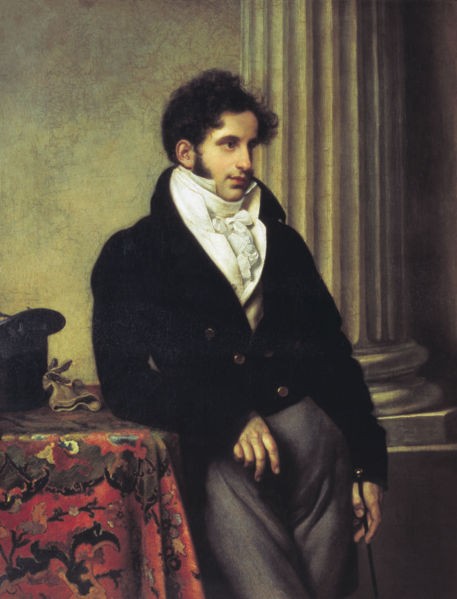
In 1828, Kiprensky came back to Italy, as he got a letter from his friend Samuel Halberg, informing him that they had lost track of Mariucci. Kiprensky found Mariucci, who had been transferred to another convent. In 1836 he eventually married her. He had to convert into Roman Catholicism for this marriage to happen. He died by pneumonia in Rome later that year.
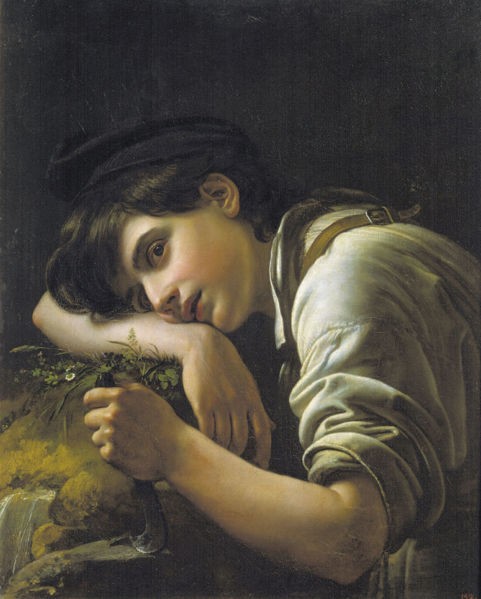
Still wondering about a 19th century Russian painting in your family collection? Contact us…it could be by Orest Kiprensky.
Reviews
1,217 global ratings
5 Star
4 Star
3 Star
2 Star
1 Star
Your evaluation is very important to us. Thank you.
